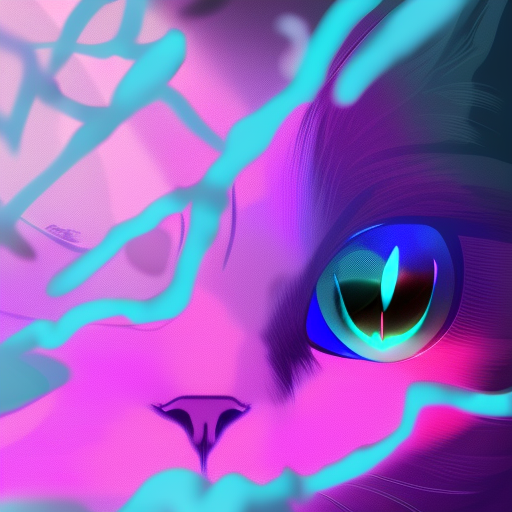One-line summary:
Cat’s Eye is a compelling novel that explores the complexities of female friendship, memory, and the lasting impact of childhood trauma.
Childhood friendships and the power of memory
Cat’s Eye, written by Margaret Atwood, delves into the life of Elaine Risley, a successful artist who returns to her hometown of Toronto for a retrospective exhibition. As Elaine walks through the city, memories of her childhood flood her mind, taking her back to the 1940s and 1950s when she formed intense friendships with three girls: Cordelia, Grace, and Carol. The novel explores the power of memory and how it shapes our perception of ourselves and others.
Elaine’s memories of her childhood friendships are both beautiful and haunting. She recalls the games they played, the secrets they shared, and the bonds they formed. However, as the story unfolds, it becomes clear that these friendships were not always as nurturing as they seemed. Cordelia, in particular, emerges as a dominant and manipulative figure, often subjecting Elaine to cruel and demeaning acts. These experiences have a lasting impact on Elaine’s self-esteem and shape her relationships later in life.
The complexities of female friendship
Atwood skillfully explores the complexities of female friendship through the lens of Elaine’s relationships with Cordelia, Grace, and Carol. The dynamics between the girls are fraught with jealousy, competition, and power struggles. Cordelia, the ringleader, exerts control over the group, often belittling Elaine and making her feel inadequate. This toxic friendship leaves a lasting mark on Elaine’s psyche, affecting her ability to form healthy connections in adulthood.
As Elaine reflects on her past, she realizes that her friendships were not solely defined by cruelty. There were moments of genuine connection, support, and love. Atwood highlights the contradictions and complexities of these relationships, showing that even in the darkest times, there can be moments of light and tenderness.
The lasting impact of childhood trauma
Cat’s Eye also delves into the lasting impact of childhood trauma on an individual’s life. Elaine’s experiences with Cordelia and the other girls shape her perception of herself, leading to a lifelong struggle with self-doubt and insecurity. She carries the scars of her childhood into adulthood, affecting her relationships, her art, and her sense of identity.
As Elaine confronts her past and the memories that have haunted her, she begins to understand the power of forgiveness and self-acceptance. Through her art, she finds a way to express her pain and reclaim her sense of self. Atwood’s exploration of trauma and healing offers a poignant and thought-provoking examination of the human experience.
- Friendships can be both nurturing and destructive, shaping our perception of ourselves and others.
- Female friendships can be complex, filled with jealousy, competition, and power struggles.
- Childhood trauma can have a lasting impact on an individual’s life, affecting their relationships and sense of self.
“Love blurs your vision; but after it recedes, you can see more clearly than ever. It’s like the tide going out, revealing whatever’s been thrown away and sunk: broken bottles, old gloves, rusting pop cans, nibbled fishbodies, bones. This is the kind of thing you see if you sit in the darkness with open eyes, not knowing the future.”
In conclusion, Cat’s Eye is a captivating exploration of female friendship, memory, and the lasting impact of childhood trauma. Atwood’s masterful storytelling and nuanced characters make this novel a compelling read. It reminds us of the complexities of human relationships and the power of forgiveness and self-acceptance.












